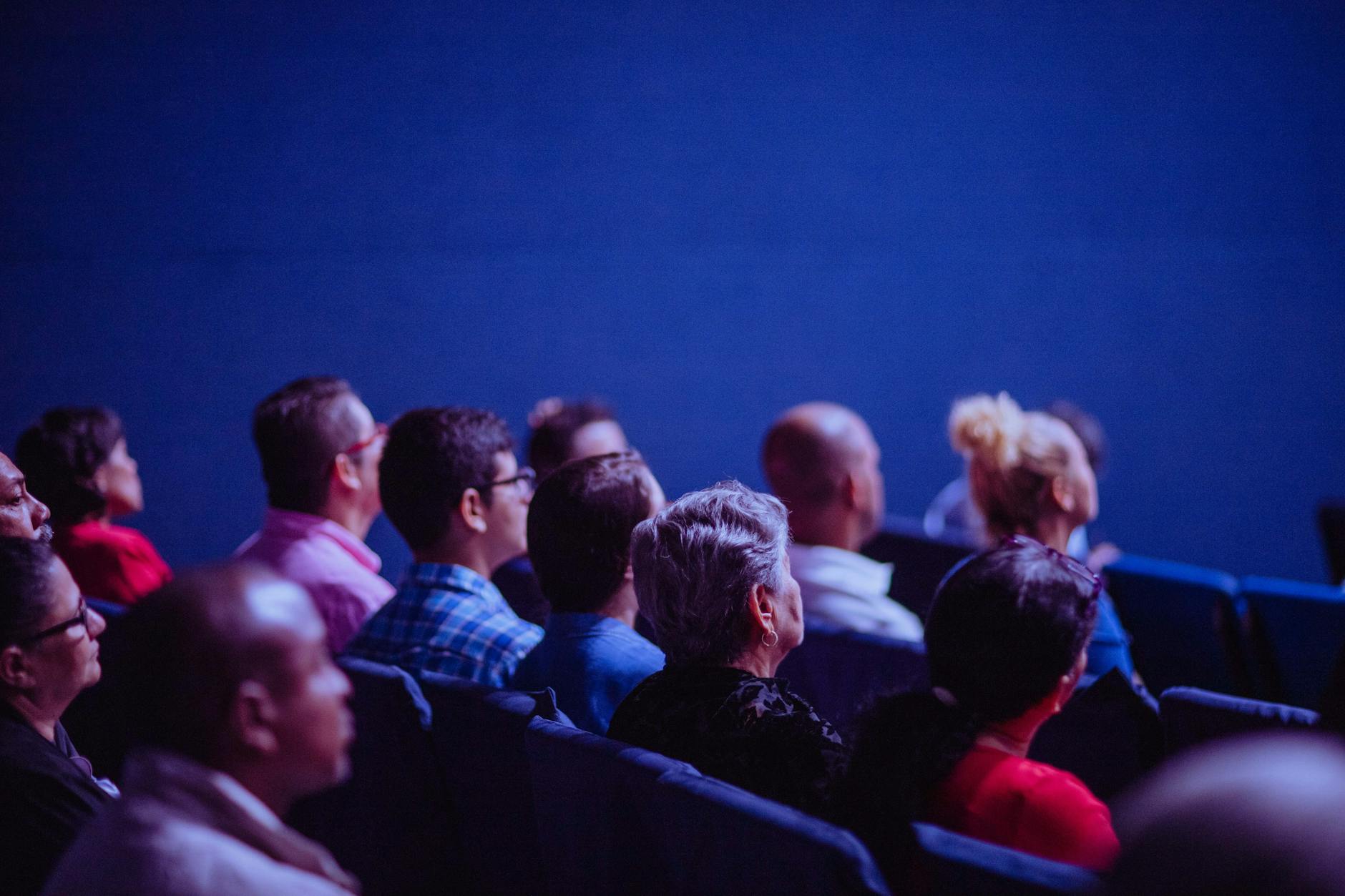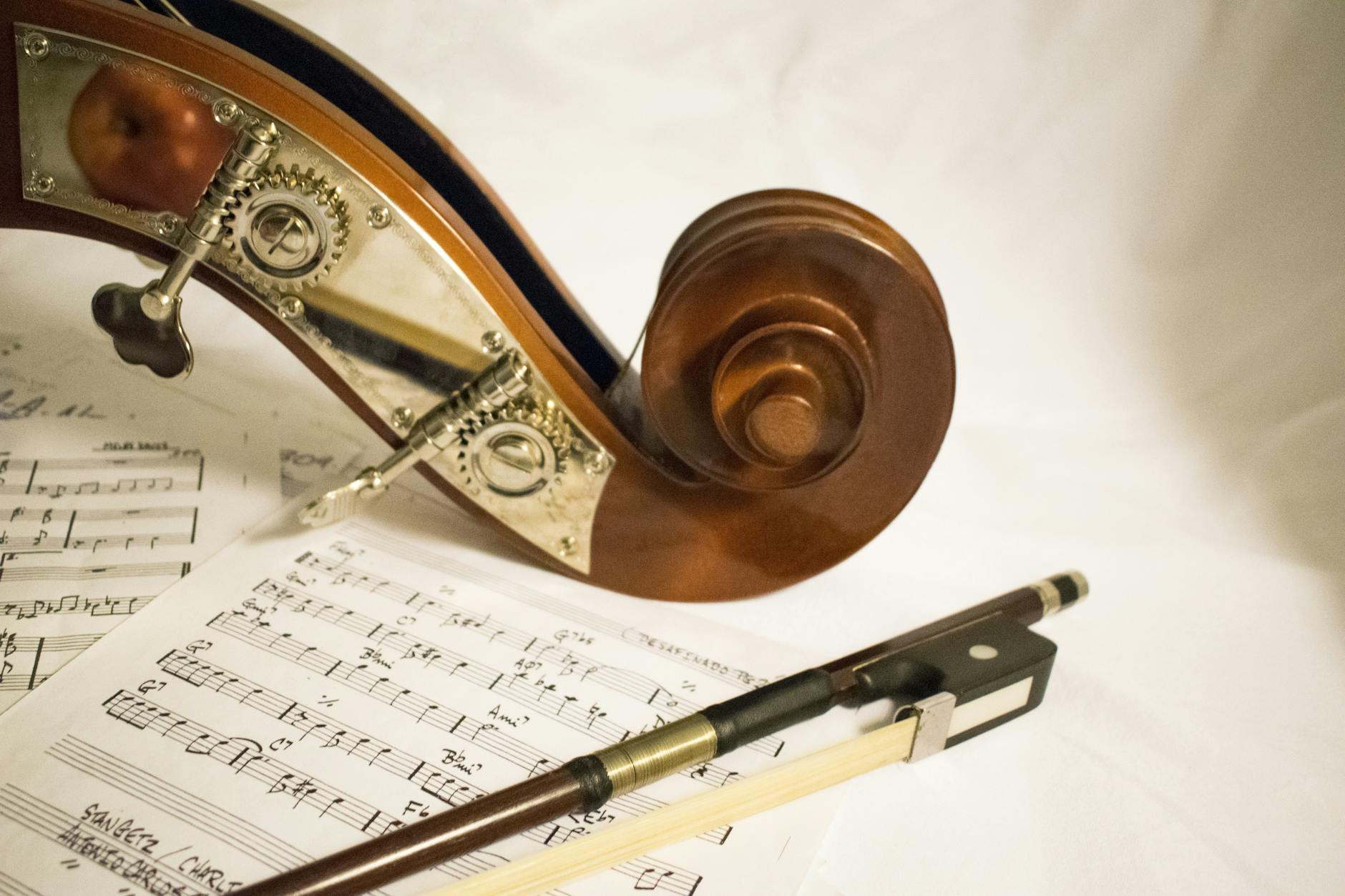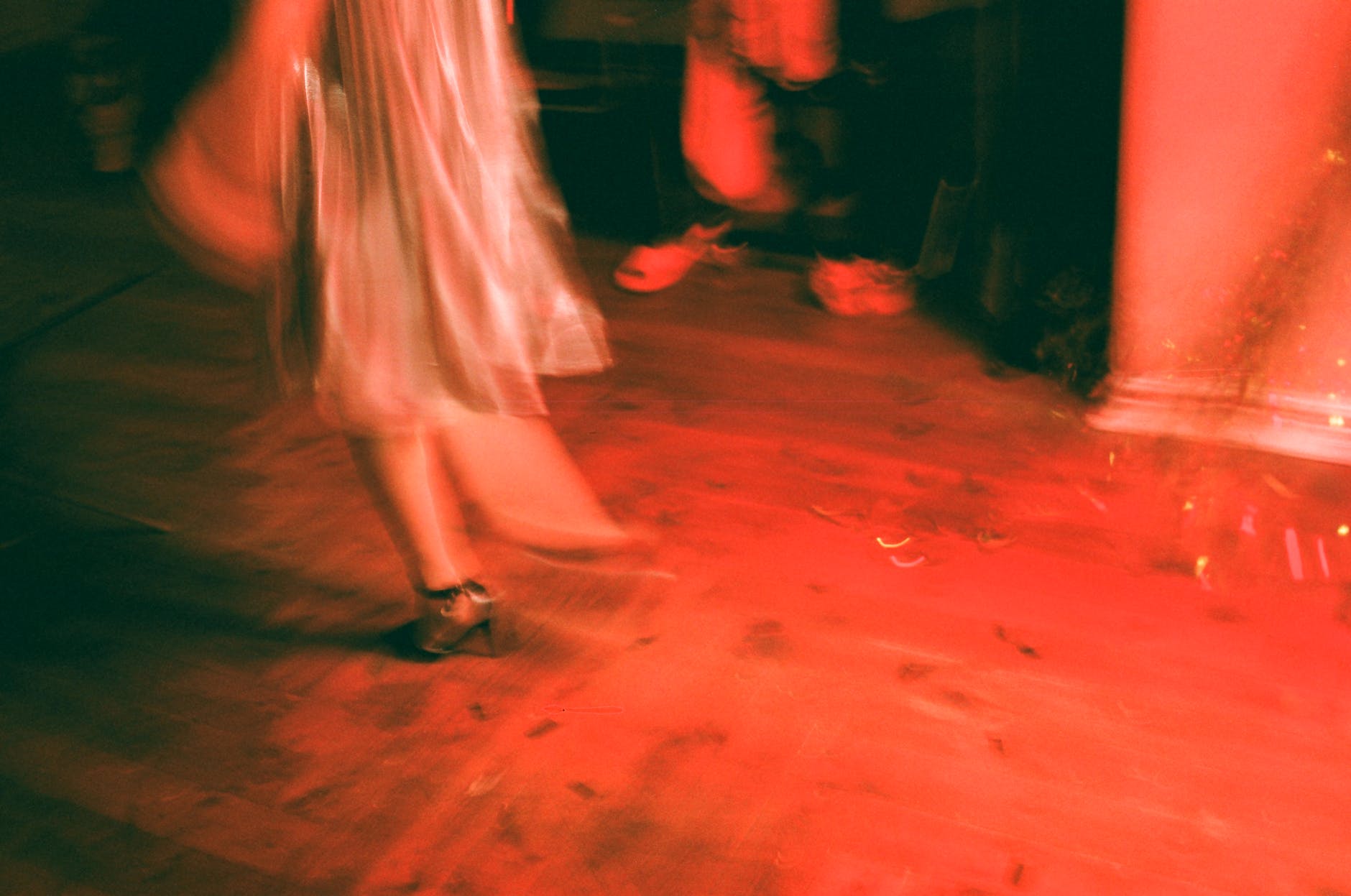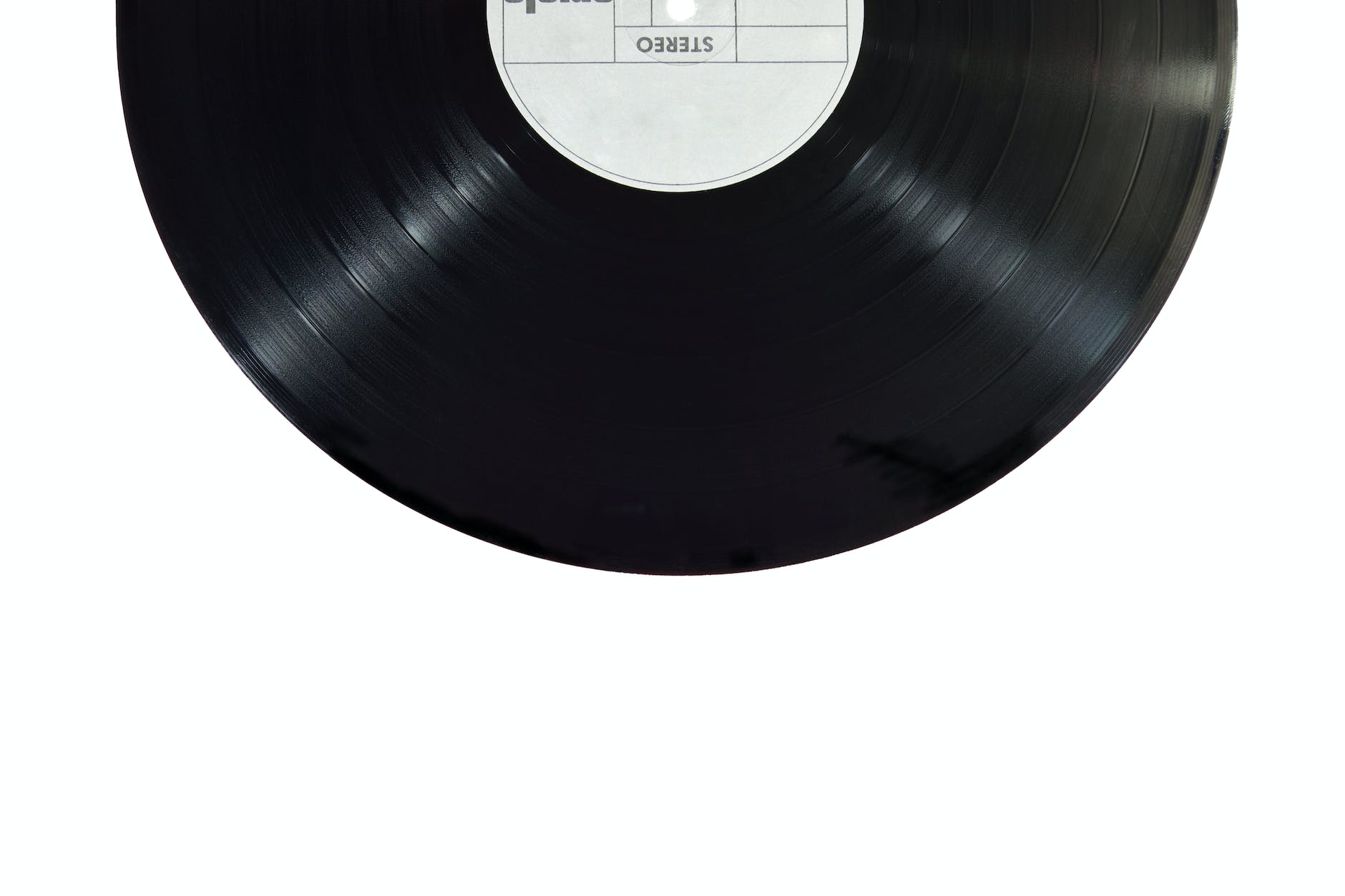From ancient shamanic rituals to the thriving music festival scenes of the modern age, the relationship between music and altered states of consciousness has been a constant theme in human cultural evolution. One path towards such states is the use of psychedelics, substances that incite profound alterations in perception, thought, and emotion. At the intersection of psychedelics and music lies an experiential landscape that is rich, transformative, and begs for further exploration.
The relationship between psychedelics and music is often framed in terms of the “psychedelic experience,” a term encompassing the subjective effects one undergoes after ingesting substances such as LSD, psilocybin, and DMT. Music is seen as a vehicle that can guide and shape these experiences, creating soundscapes that act as catalysts for inner exploration and transformation.
The renowned neuropsychopharmacologist David Nutt discusses how hallucinogens affect the brain by reducing the usually strict separation between its various networks. This, in turn, allows for a free-flowing exchange of information between areas that don’t typically communicate. Such a state has been likened to “synesthesia”, a condition where one type of sensory information simultaneously triggers another, leading to experiences such as “seeing” sounds.
Psychedelic rock, a genre that emerged in the 1960s, is a notable example of how artists have sought to recreate or simulate the synesthetic dimensions of the psychedelic experience. Famous for its complex soundscapes and novel production techniques, it has embodied a vision of music as a form of mind-altering substance, facilitating shifts in consciousness.
Beyond the realm of pop culture, music has long played a pivotal role in shamanic rituals, with certain forms of rhythm and melody used to induce trance states in participants. Consider the use of the icaros: traditional healing songs used in Ayahuasca ceremonies. These songs are believed to shape the visionary experiences of those who drink the Ayahuasca brew, guiding them through their inner journey.
This ancient knowledge of music’s capacity to alter mind states finds a modern parallel in the concept of brainwave entrainment, a method of using rhythmic stimuli to synchronize brainwave frequencies to desired states such as relaxation, focus, or meditation. Sound therapy often incorporates these principles, using carefully selected frequencies to induce therapeutic effects.
Some research even suggests that combining sound therapy with psychedelic substances could enhance the therapeutic outcome by reinforcing and extending the effects of the substances. This approach underscores the potential synergy between psychedelics and sound, and how they can work together to promote psychological healing and wellbeing.
The modern music festival has become another cultural canvas where this intersection between psychedelics and music is often seen. With its immersive soundscapes and communal energy, the festival experience can facilitate a sense of unity and connectedness, often described as a key facet of the psychedelic experience. Notably, the festival environment has also been recognised as a potential setting for psychedelic harm reduction and therapeutic interventions, adding another dimension to the dialogue on psychedelics and music in these contexts.
In conclusion, the relationship between music and psychedelics is a vibrant and evolving dynamic, speaking to the human desire for transcendence and healing. Music is not just a soundtrack to the psychedelic experience, but rather a co-creator of it, modulating and shaping the individual journey. As our understanding of both music and psychedelics continues to deepen, so too will our appreciation for their synergistic dance, and how they come together to produce a resounding chorus of beneficial personal and social outcomes.








